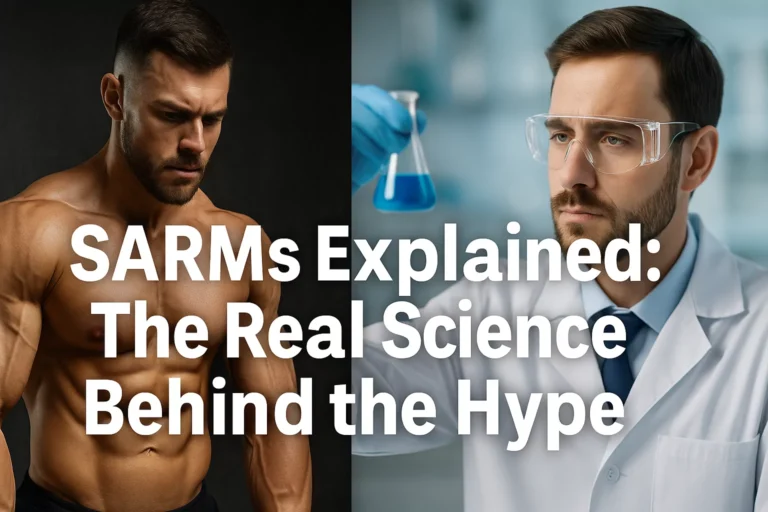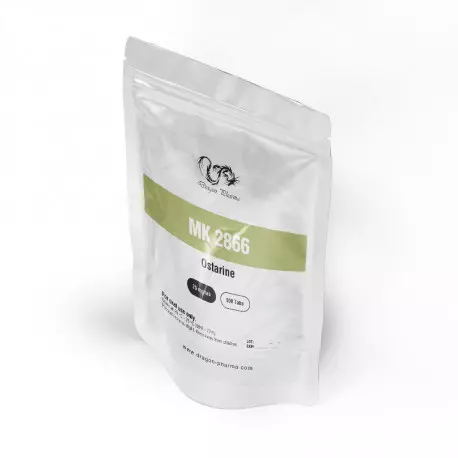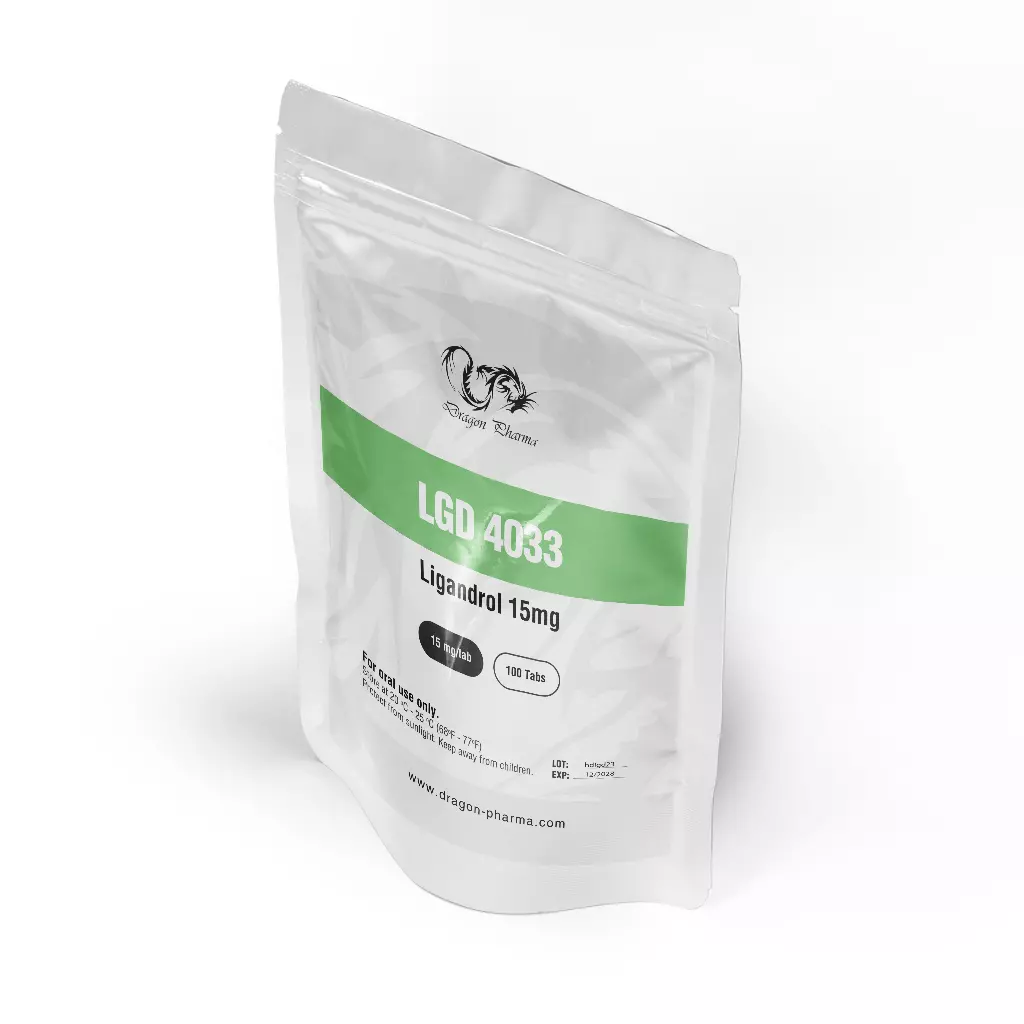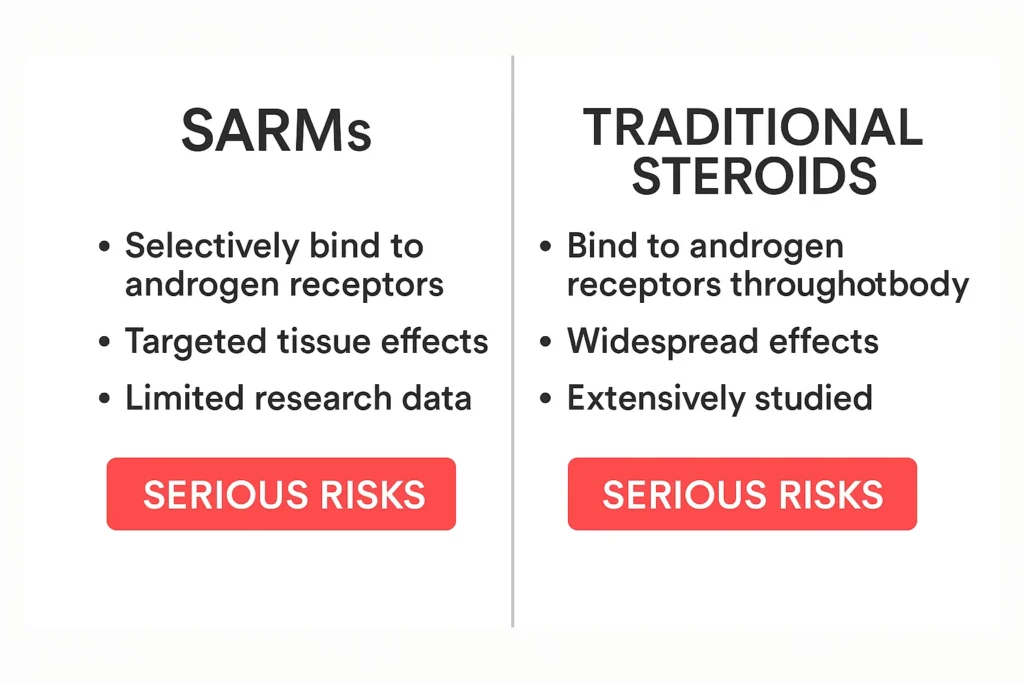What if you could get the muscle-building power of steroids, but only in your biceps and quads, without harming your heart, liver, or prostate? This is the exact promise that has made SARMs (Selective Androgen Receptor Modulators) a billion-dollar internet phenomenon, captivating bodybuilders and athletes seeking an “edge.”
The theory is brilliant. The marketing is compelling. But the gap between the laboratory’s promise and the real-world product is vast, and potentially dangerous. While many turn to SARMs seeking physical enhancement, it’s worth noting that psychological factors like body image issues and bigorexia often drive these decisions.
What Are SARMs, Really? A Pharmacological Blueprint
SARMs are synthetic molecules designed to mimic testosterone’s anabolic (muscle-building) effects while selectively avoiding its androgenic (masculinizing) effects on other tissues. Think of it this way:
- Steroids: A master key that fits every androgen receptor lock in the body (muscle, prostate, liver, skin, brain)
- SARMs: A set of designer keys engineered to only fit the muscle and bone locks

Originally developed for medical conditions like muscle wasting in cancer patients, osteoporosis, and breast cancer, these compounds were intended to help sick and elderly people preserve muscle and bone mass—not to create super-athletes. The FDA has explicitly warned against their use in dietary supplements or performance enhancement due to safety concerns.
The Hype vs. The Evidence: Analyzing Popular Compounds
Ostarine (MK-2866): The “Beginner’s” SARM
- The Hype: Marketed as mild, great for “cutting,” with minimal suppression
- The Evidence: One of the most studied SARMs shows modest gains in lean mass (1-1.5 kg) in specific patient populations. However, real-world user reports frequently show significant testosterone suppression, contradicting the “minimal side effects” claims
Ligandrol (LGD-4033): The “Mass-Builder”
- The Hype: Promoted for powerful bulking and “dry gains”
- The Evidence: Clinical studies demonstrate dose-dependent increases in lean mass and strength over weeks, but these same studies show it’s highly suppressive, crashing testosterone levels even at low doses
Testolone (RAD-140): The “Potent” SARM
- The Hype: Marketed as steroid-strength with neuroprotective benefits
- The Evidence: Preclinical data shows promise for strength and muscle growth, but human data is extremely limited. Anecdotal reports suggest powerful effects but also severe side effects including significant lipid damage and testosterone suppression
The Uncomfortable Truths: Risks the Bro-Science Ignores
The Suppression Problem
All SARMs suppress natural testosterone. They signal the brain that there are enough androgens present, shutting down the HPTA (Hypothalamic-Pituitary-Testicular Axis). This isn’t a potential side effect—it’s a guaranteed pharmacological outcome that can lead to symptoms similar to low testosterone, including fatigue, depression, and sexual dysfunction.

The “Research Chemical” Loophole
Because SARMs aren’t approved for human consumption, they’re sold as “research chemicals.” This creates serious problems:
- No Quality Control: Independent analyses have found products with no active SARM, different SARMs than advertised, or even pro-hormones and steroids mixed in
- Zero Long-Term Safety Data: Effects on organs, cancer risk, and fertility after years of use are complete unknowns
- Dosage Uncertainty: What’s on the label may not reflect what’s in the bottle
The Hidden Health Toll
Beyond suppression, SARMs pose other significant health risks:
- Cardiovascular Damage: Most SARMs significantly lower HDL (the “good” cholesterol), potentially increasing long-term heart disease risk
- Liver Strain: Particularly with oral administration, some users show elevated liver enzymes
- Hormonal Imbalances: The endocrine disruption can lead to conditions like gynecomastia in susceptible individuals
SARMs vs. Steroids: A Flawed Comparison
| Metric | SARMs | Traditional Steroids |
|---|---|---|
| Muscle Growth | Moderate | High to Very High |
| Testosterone Suppression | High (often underestimated) | High (well-documented) |
| Androgenic Side Effects | Lower (acne, hair loss) | Higher |
| Liver Toxicity | Lower (for most) | Higher (especially orals) |
| Cardiovascular Risk | Significant (lipid damage) | Significant |
| Legal Status | Legal Grey Area | Controlled Substance |
| Long-Term Safety Data | Virtually None | Decades of data |
The conclusion is clear: SARMs are not “safe steroids.” They’re a different class of drug with a unique, but still very serious, risk profile. The National Institutes of Health notes that while SARMs show therapeutic potential, their off-label use carries significant unknown risks.
The Verdict: A Powerful Tool Mismanaged
The science behind SARMs is sound, but the current landscape of unregulated, off-label use is a recipe for disaster. SARMs represent a fascinating chapter in sports science, but we’re still in the prologue. Using them today is less like following a recipe and more like being an unpaid, uninformed test subject in an uncontrolled experiment.
If you’re still considering this path after understanding the risks, your first investment shouldn’t be a bottle of SARMs—it should be in comprehensive blood work and a deep commitment to understanding the full scope of performance enhancing drugs and their impacts on your health.
The most powerful enhancement isn’t found in a bottle—it’s in consistent training, proper nutrition, and patience. Consider whether you’ve truly maximized your natural potential through proven methods before venturing into the uncertain world of research chemicals.





